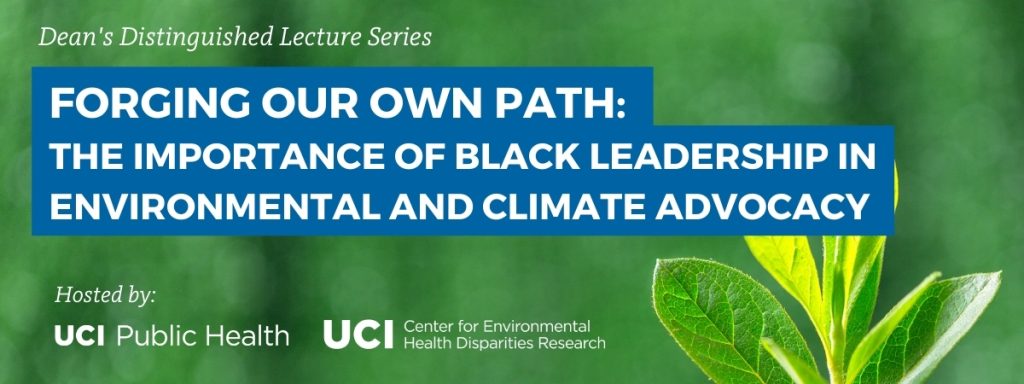Soil microbial communities play a critical role in regulating the Earth’s climate through the production and consumption of greenhouse gases. Warming, particularly of subarctic soils, is predicted to cause widespread permafrost thaw. The high carbon (C) content of these systems could release CH4 and CO2 to the atmosphere, transitioning them from a net sink to a net source of C to the atmosphere. We examined the impacts of permafrost degradation on C storage, greenhouse gas production, and microbial community composition and activity along a lowland chronosequence of collapse-scar bog development following a natural thaw event.
Our study area is located within the Bonanza Creek Long Term Ecological Research site in interior Alaska. Using a mass balance approach, we show that peat C contained in the forest floor and permafrost is rapidly lost post thaw. We hypothesize that this loss could be the result of higher microbial activity early in bog development. In support of this argument, at the young bog site we have observed higher rates of CH4 flux at the surface, as well as the potential for higher rates of CH4 production within the deepest horizons. Higher rates of methanogenesis and methane flux in the young bog were correlated with both increased availability of labile C from dissolved organic matter and, a higher abundance of aerenchymatous sedges (e.g. Carex sp). We suspect that increased occurrence of Carex sp. in the young bog allows for more rapid transport of CH4 from the deep within the peat profile thereby circumventing the potential for CH4 oxidation. Preliminary modeling results, based upon porewater gas concentrations and isotopes, indicate that microbial activities are higher in the base layers of the youngest bogs summer and winter months. Moreover, variation in the composition of the microbial community is reflective of the processes and rates occurring at these sites. Our results highlight how variation in microbial activity, driven in part by temporal changes in C availability post-thaw, interact with plant-mediated transport processes to drive rapid C loss early in the transition from permafrost to bog environment.





